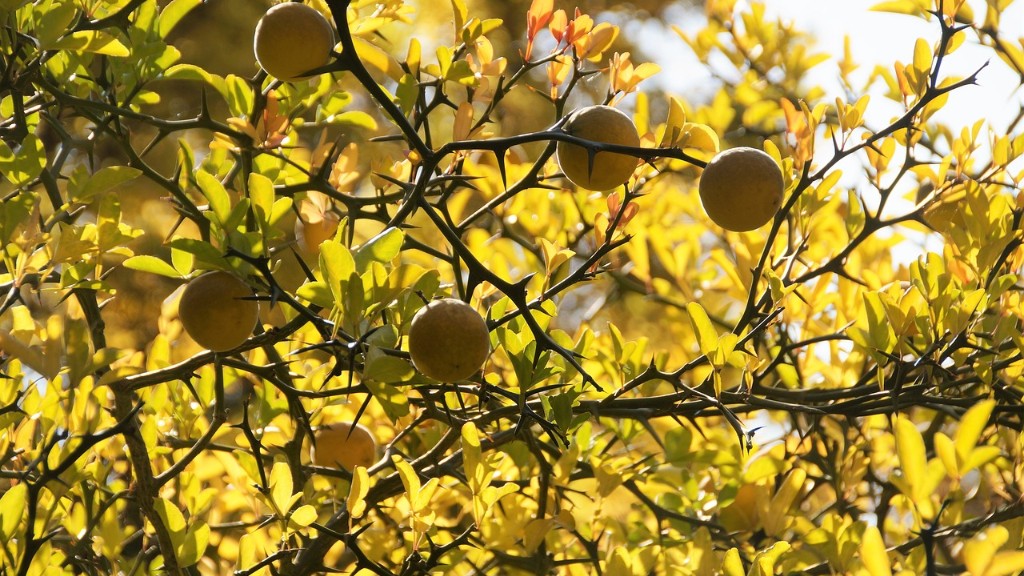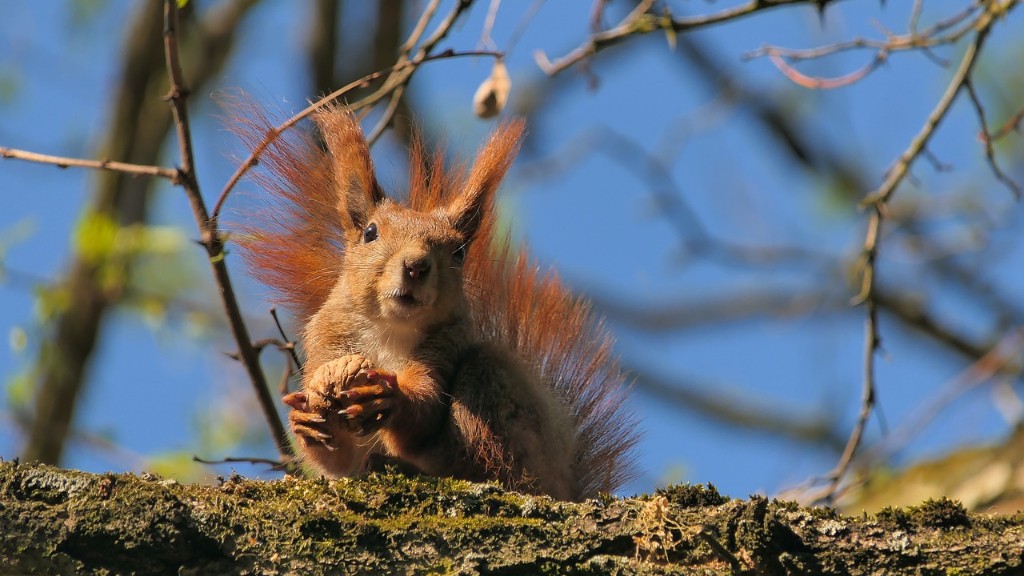How to Prune a Flagpole Cherry Tree
Pruning a flagpole cherry tree will maintain the shape, structure and health of the tree, while encouraging new growth. An established flagpole cherry tree should be pruned annually, while young trees should only be pruned when necessary. Before taking the pruning shears to the tree, it’s important to firstly understand the basic anatomy of a tree – understanding which parts are vital to the health of the tree.
A flagpole cherry tree is an upright cherry tree that grows in a bouquet style. Unlike other cherry trees, it is trained to have a central leader, and each branch is pruned to form a uniform shape. Pruning the tree will regulate its size and encourage more blooming opportunities for the flowers that grow on it.
Tools Required for Pruning
In order to properly prune a flagpole cherry tree, several tools are needed. These include pruning shears, loppers, pruning saws and a ladder and/or pole saw. To prevent the spread of disease, it is important to make sure that all the tools are clean and sterilized prior to use.
It is also important to dress appropriately when pruning a flagpole cherry tree. An apron, gloves and protective eyewear will help protect the skin, while a pair of sturdy shoes or boots offer grip and support while standing on a ladder or climbing a tree.
Pruning Technique
The best time to prune a flagpole cherry tree is during its dormancy, typically in the late fall or winter. During this time, the tree will have less sap running in its system and the cuts will heal more easily. When pruning the tree, it is important to start at the top and work your way down. This will ensure that the shape of the tree is maintained, and that future growth is directed in the right direction. Start by removing any dead, damaged and diseased branches, followed by any unwanted suckers that may appear.
Next, it is time to thin out the canopy of the tree. This involves cutting back the lateral branches, as well as removing any blocking or crossing branches. Doing this will help to promote air circulation and sunlight penetration, as well as help to maintain the shape of the tree. Finally, reduce the length of the limbs that are extended too far out, as this will prevent it from growing too large and will balance the proportions of the tree.
Aftercare
After the pruning of a flagpole cherry tree is complete, it is important to perform certain tasks to ensure the tree can heal quickly. Make sure to dispose of any cuttings and sterilize the pruning shears in order to prevent the spread of disease. Also, use mulch or compost to cover the base of the tree, as this will help it to retain moisture and provides essential nutrients. Finally, water the tree deeply, as this will help the cuts heal and promote new growth.
Benefits of Pruning
Pruning a flagpole cherry tree helps to promote stronger and healthier growth, with the process involving cutting back the branches to remove dead wood and reduce the overall size of the tree. Doing this will help to maintain the shape of the tree, as well as encourage the growth of new, lush foliage. Pruning will also help to prevent disease from infecting the tree, by removing any diseased branches or shoots. And finally, regular pruning will improve the fruiting ability of the flagpole cherry tree, as the branches are given more room to bear fruits.
Factors to Consider
When pruning a flagpole cherry tree, there are several factors to consider. Firstly, it is important to make sure that the tools are sharp and clean, as this will help reduce the stress on the tree while making cuts. Secondly, make sure to prune at the right time, as doing it at the wrong time can damage the tree. And finally, perform the right tree maintenance, including watering, fertilizing and mulching, in order to promote healthy, strong growth.
Anatomy
To understand how to prune a flagpole cherry tree, it is essential to first understand the basic anatomy of a tree. A flagpole cherry tree has a single stem or trunk, from which extends the lateral branches. These are the part that are most affected by pruning, as they are what help the tree maintain its shape and size. There is also the crown of the tree, which is responsible for the flowers and fruits it bears. Lastly, there are the root system, which is responsible for anchoring the tree in the ground, and for taking in water and minerals from the soil.
Safety
Safety should be the utmost priority when pruning a flagpole cherry tree. Firstly, rather than attempting to climb the tree, use the ladder or pole saw to reach the branches. Additionally, ensure that the tree is stable and secure before attempting to prune it and opt for the right protective wear. Lastly, always keep an eye out for falling branches, and should any occur, ensure to keep a safe distance away.
Pruning Time Frame
The ideal time frame to prune a flagpole cherry tree is in late winter or early spring. This is known as the dormant season, as the tree has less sap in its system and any cuts will heal faster and more easily. Pruning at this time will also give the tree more time to rest and to gather energy for the growing season, as this is when the new shoots will start to appear. Pruning the tree at this time of the year is beneficial for both the tree and its owner.
The Pruning Process
The pruning process for a flagpole cherry tree is more involved than for other cherry trees, as it needs to be trained to form a certain shape. Before pruning the tree, it’s important to understand its anatomy and be aware of the right tools to use and safety to consider. Start by removing any dead or unhealthy branches, followed by thinning out the canopy and reducing the length of the extended limbs. Once the pruning is complete, ensure to perform necessary tree maintenance, such as applying mulch and watering, in order to encourage healthy growth.
Pruning Techniques
When pruning a flagpole cherry tree there are a few techniques that should be kept in mind. Firstly, rather than cutting the branch flush with the trunk, leave some air space between them. This will prevent the bark from developing cankers and provide more strength. Additionally, work from the top of the tree and move downwards, as this will assist in creating a uniform shape and directing future growth in the right direction. And finally, make all the cuts in a smooth motion, as quick, jerking motions can cause harm to the tree.


